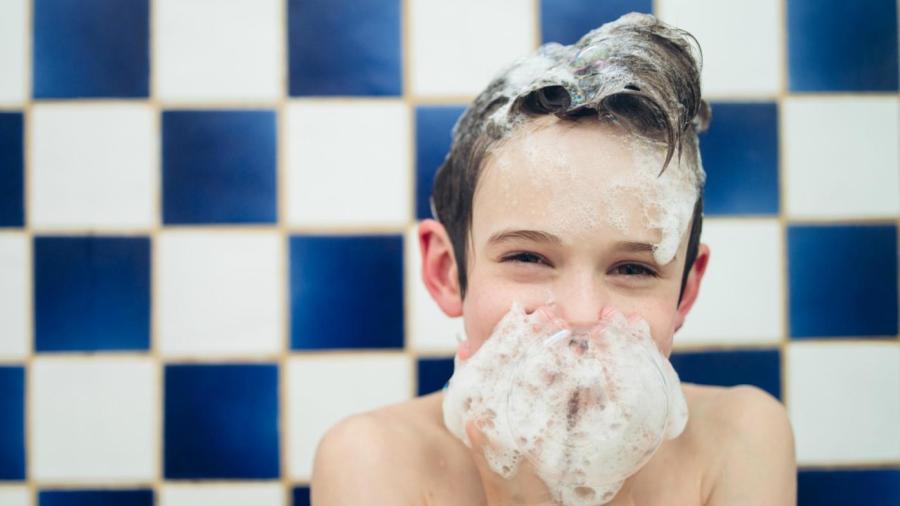How Does Shampoo and Water Act Together to Clean the Hair?

Shampoos contain surfactants that lessen the surface tension of water, which binds to the oil and dirt on the hair that washes away when rinsed. Surfactants are also found in laundry detergent and bath gels. The surfactants in shampoo usually include sodium lauryl sulfate or sodium laureth sulfate and it is combined with a co-surfactant, such as cocamidopropyl betaine, which makes the shampoo viscous.
The hair is naturally coated with an oily substance called sebum that protects it and also gives it a healthy shine. Sebum, however, also attracts dirt and grime. Once the dirt and grime builds up on the hair, it makes it look dull and feel sticky.
Water alone will not be able to wash away the sebum, dirt and grime on the hair because sebum is hydrophilic, meaning it repels water. Shampoo loosens up the molecules of water, which allows it to mix with the unwanted substances on the hair, making them easier to wash off.
Apart from surfactants, shampoo also contains other ingredients, such as conditioning agents, protectants, fragrances and other functional ingredients. Since surfactants strip off sebum, conditioning agents replace this natural protective coating. Some shampoo brands also contain protectants the serve to protect the hair from environmental damages or damages due to constant styling. Functional ingredients are shampoo components that helps the shampoo maintain its viscosity and extend its effectiveness.





